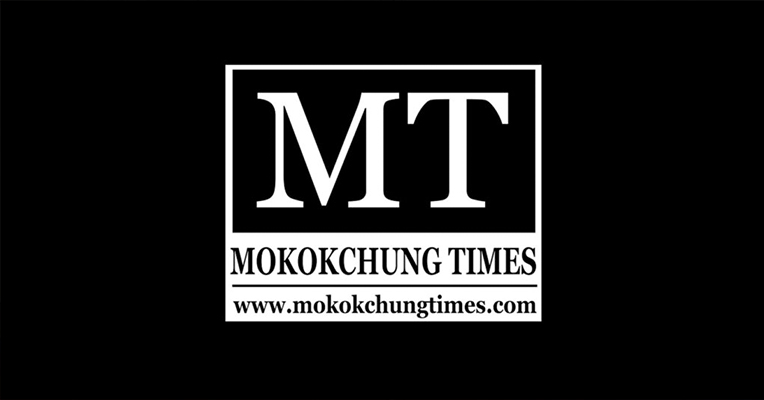This column continues from and supplements the previous editorial on addressing the constraints and challenges of healthcare in Mokokchung. There is certainly no magic formula to solve these issues. First and foremost, the government should offer financial incentives such as tax breaks and subsidies to attract private investors. These incentives can mitigate perceived risks and enhance the profitability of investing in Mokokchung’s healthcare sector. However, we cannot expect a Mokokchung-specific government policy in this regard. Therefore, any government policy would likely apply statewide, potentially benefiting only the more advanced districts, thus bringing us back to square one.
Public-Private Partnerships (PPPs) offer another approach. By pooling resources and sharing risks, the government and private sector can jointly develop and manage healthcare facilities, ensuring efficient and sustainable operations. Engaging national and international aid organizations and NGOs can provide alternative funding and expertise to build infrastructure, train healthcare professionals, and introduce best practices. Community health initiatives, such as training local health workers and promoting health cooperatives—currently non-existent in Mokokchung—can enhance service delivery at the grassroots level.
Telemedicine presents another viable solution. By leveraging technology, Mokokchung can connect with specialists in other regions, providing residents access to expert consultations without extensive physical infrastructure investments. While this approach involves technical challenges, they are not insurmountable, as demonstrated by previous trials.
Despite significant challenges posed by the reluctance of private investors, strategic interventions by the government, NGOs, and the community can overcome barriers in Mokokchung. Ultimately, fostering a conducive environment for investment and leveraging innovative solutions are crucial steps towards achieving healthcare parity with Kohima and Dimapur, ensuring all residents have access to the quality medical care they deserve.
Simultaneously, a general mindset change and a new collective outlook among stakeholders—including residents, landowners, custodians of customary law, civil society leaders, and thought leaders—are indispensable to attract both private and public healthcare investors.



